
Metal Bulletin Looks at Iran’s OCTG, Linepipe Market
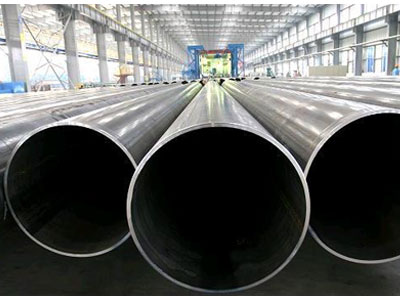
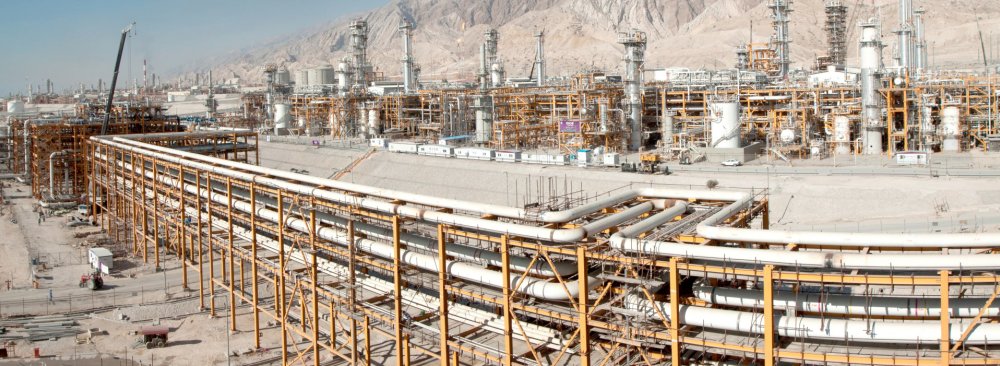 Development of the largest offshore gas field in the world, South Pars, is now a priority development area for the National Iranian Oil Company (NIOC).
Development of the largest offshore gas field in the world, South Pars, is now a priority development area for the National Iranian Oil Company (NIOC).
Iran’s OCTG (oil country tubular goods) market is dominated by seamless pipes, which accounts for more than 90% of total OCTG demand in the country. This is a pattern similar to what is seen in most other Middle East countries.
As international trading sanctions ramped up against Iran, it was primarily Chinese mills that were left to deliver supplies of OCTG into the country, led by Hengyang Valin Steel Tube Co. and Tianjin Pipe Group Corp (TPCO).
This enabled Iran to continue to develop many of its conventional onshore oil fields, as highalloy OCTG grades are not needed here and, as a result, China could meet most of the technical requirements.
However, the sanctions created problems for the development of Iran’s offshore oil and gas fields, and particularly for the largest offshore gas field in the world – South Pars, shared between Iran and Qatar.
This is now a priority development area for Iran’s National Iranian Oil Co (NIOC). This is partly because of its available gas, which Iran needs for its own industrial development as well as for potential lucrative exports to international markets such as the EU, and partly because the field is shared between the two states.
Iran wants to act quickly to extract oil and gas from its fields that border other countries as a priority.
Sourcing of CRA Grades of OCTG
The division of NIOC responsible for this field, Pars Oil & Gas Co. (POGC), requires highalloy grades of tubing for its wells – for example, chrome resistance alloy (CRA).
The leading suppliers of CRA OCTG are primarily in Japan and, to a lesser extent, in Europe.
Under the sanctions regime, Iran has only been able to source CRA tubing from stocked material in the Middle East through traders. But if the legal and financial structures in Iran can be resolved to open up the country for business, the opportunities are immense.
Metal Bulletin Research believes that the final phases of drilling for the South Pars field, for example, could result in the largest single tender for CRA OCTG ever seen.
LD Linepipe Markets Slow
While high grades of OCTG have been difficult to source, Metal Bulletin Research has noticed a pronounced slowdown in Iran’s largediameter (LD) linepipe markets during the time when sanctions were in place. These pipes are used to construct the country’s gas pipeline infrastructure, known as the Iran Gas Trunkline (IGAT).
But this market declined by more than 60% in size between 2009 and 2015.
Demand slowed sharply compared with OCTG as the investment required to build much of the planned pipeline infrastructure appears to have dropped off more sharply than investment in upstream drilling, where OCTG is required.
In LD pipe, unlike in the OCTG market, Iran does not have to look first for imports to meet the local LD linepipe demand. The country has a lot of local capacity for the manufacture of linepipe.
There is just under 1.4 million ton per year of nominal capacity in Iran for the manufacture of longitudinal submerged arc welded (LSAW) linepipe, the type of pipe used in the IGAT pipeline series.
With the market severely depressed, however, local major mills such as Ahwaz, Sadid and Safa have all seen their utilization rates struggle, and for several years have run at minimal shift and operations levels.
However, market demand has been picking up in 2016, although securing financing in the country for these huge pipeline projects remains a concern.
Metal Bulletin Research believes that the potential demand for LD linepipe in the next few years in Iran is significant, especially if projects such as IGAT 9 and 11 come to fruition.
IGAT 9 will require hundreds of thousands of tons of LD linepipe, which means that tonnage from international pipe mills would probably be needed, as well as material from Iranian mills.
But, as with the OCTG market, Metal Bulletin Research understands that the financing is not yet in place to build this pipeline. It estimates that would require more than $9 billion.
Financing, Politics
The future of both Iran’s OCTG and linepipe markets is as much tied to politics as it is to actual supply/demand fundamentals. There is an urgent need to secure international technology and financing to allow the market to achieve its full potential.
While all the sanctions related to the nuclear power issue have been lifted, American law still prohibits US and foreign banks from dealing in dollars with Iran.
Numerous large international banks remain closed off to dealing with Iran, cautious of further financial repercussions from the US, especially given the potential outcome of that country’s presidential election in November.
While international OCTG and linepipe mills can undertake deals in Iran if these are denominated in the euro or the yuan, the exchange rate risk is prohibitive.
Delivering tenders that could be shipped over a long time period comes with such high forex risk that Metal Bulletin Research is not aware at the time of writing of any major western producers that are active in this area.
Bureaucracy in Iran is also restricting development.
The new Iranian Petroleum Contract (IPC) – that has been developed as a legal framework for international oil companies to operate, providing them with fairer returns – has yet to be implemented. And projects that have been put forward in Iran under the IPC have not been offered so far due to internal Iranian disputes.
The latest information is that IPCs will be implemented from September.


Gold price edges up as market awaits Fed minutes, Powell speech

Glencore trader who led ill-fated battery recycling push to exit

Emirates Global Aluminium unit to exit Guinea after mine seized

Iron ore price dips on China blast furnace cuts, US trade restrictions

Roshel, Swebor partner to produce ballistic-grade steel in Canada
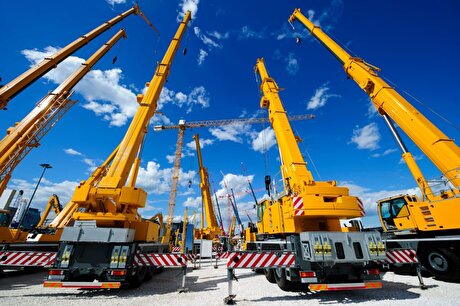
US hikes steel, aluminum tariffs on imported wind turbines, cranes, railcars

Trump weighs using $2 billion in CHIPS Act funding for critical minerals

EverMetal launches US-based critical metals recycling platform
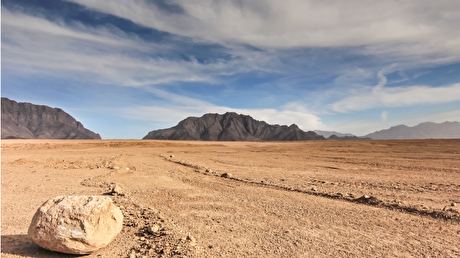
Afghanistan says China seeks its participation in Belt and Road Initiative

Energy Fuels soars on Vulcan Elements partnership

Northern Dynasty sticks to proposal in battle to lift Pebble mine veto

Giustra-backed mining firm teams up with informal miners in Colombia

Critical Metals signs agreement to supply rare earth to US government-funded facility

China extends rare earth controls to imported material

Galan Lithium proceeds with $13M financing for Argentina project

Silver price touches $39 as market weighs rate cut outlook

First Quantum drops plan to sell stakes in Zambia copper mines
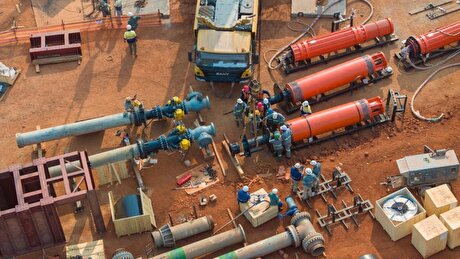
Ivanhoe advances Kamoa dewatering plan, plans forecasts
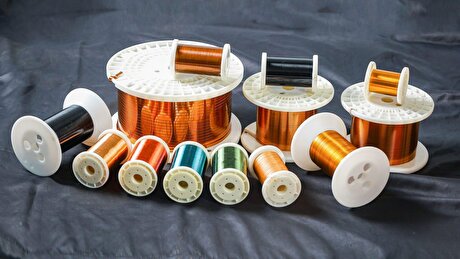
Texas factory gives Chinese copper firm an edge in tariff war

Energy Fuels soars on Vulcan Elements partnership

Northern Dynasty sticks to proposal in battle to lift Pebble mine veto

Giustra-backed mining firm teams up with informal miners in Colombia

Critical Metals signs agreement to supply rare earth to US government-funded facility

China extends rare earth controls to imported material

Galan Lithium proceeds with $13M financing for Argentina project

Silver price touches $39 as market weighs rate cut outlook

First Quantum drops plan to sell stakes in Zambia copper mines

Ivanhoe advances Kamoa dewatering plan, plans forecasts

















